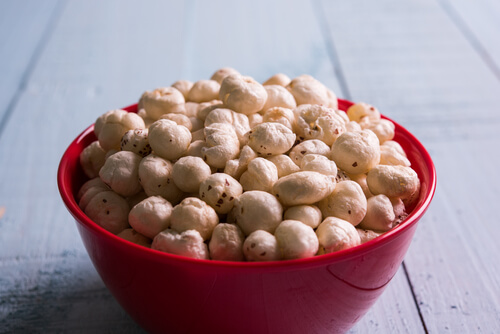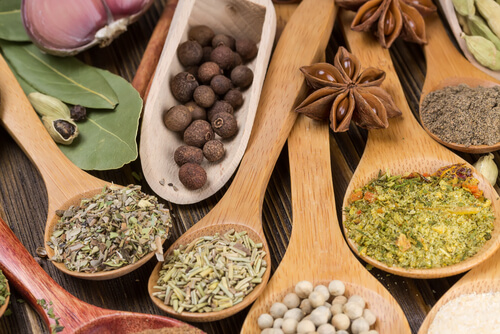One of the best ways to reduce your risk of developing cancer is to make healthy lifestyle changes that discourage the development of cancer. Cancer occurs when your cells start to replicate incorrectly. Certain foods and pollutants like, the carcinogens found in smoking actually alter your DNA and cause cancer. Recent studies have shown that inflammation that caused by your diet is a risk factor for certain cancers, like breast cancer.
How Does Inflammation Cause Cancer?
Inflammation by itself does not cause cancer; prolonged inflammation causes cancer. Your body actually uses your inflammation response to tell your body to send chemicals and white blood cells to an infected area. Consistent inflammation actually damages your body’s healthy tissue and cells while also weakening your immune system. Chronic inflammation can be caused by a variety of different sources: obesity, lack of exercise, smoking, second hand smoke exposure, and dietary choices.
You can reduce chronic inflammation by making some simple dietary changes and make sure you eat anti-inflammatory foods. Read on to see 5 of the best anti-inflammatory foods to include in your diet to prevent cancer.
Best Anti-Inflammatory Foods to Prevent Cancer
Fish
Fatty fish like salmon, herring, sardines, and mackerel are fantastic sources of omega-3 fatty acids, compounds containing anti-inflammatory properties.
Olive Oil
Olive oil is a source of healthy fats that also contains anti-inflammatory properties. On top of that, olive oil may have properties that can help reduce breast density.
Turmeric
Turmeric is a wonderful spice that is used in a lot of different dishes. It is often used as a medicinal treatment and has anti-inflammatory properties.
Fruits and Vegetables
Fruits and veggies have lots of vitamin C and anti-inflammatory properties. They also don’t set off inflammatory responses by eating them.
Yogurt
The probiotics in yogurt can help eliminate inflammation in your gut and throughout your digestive tract.








